In our built heritage, is the truth stranger than fiction?
Athena considers how our historic buildings are presented in an age of film and television.
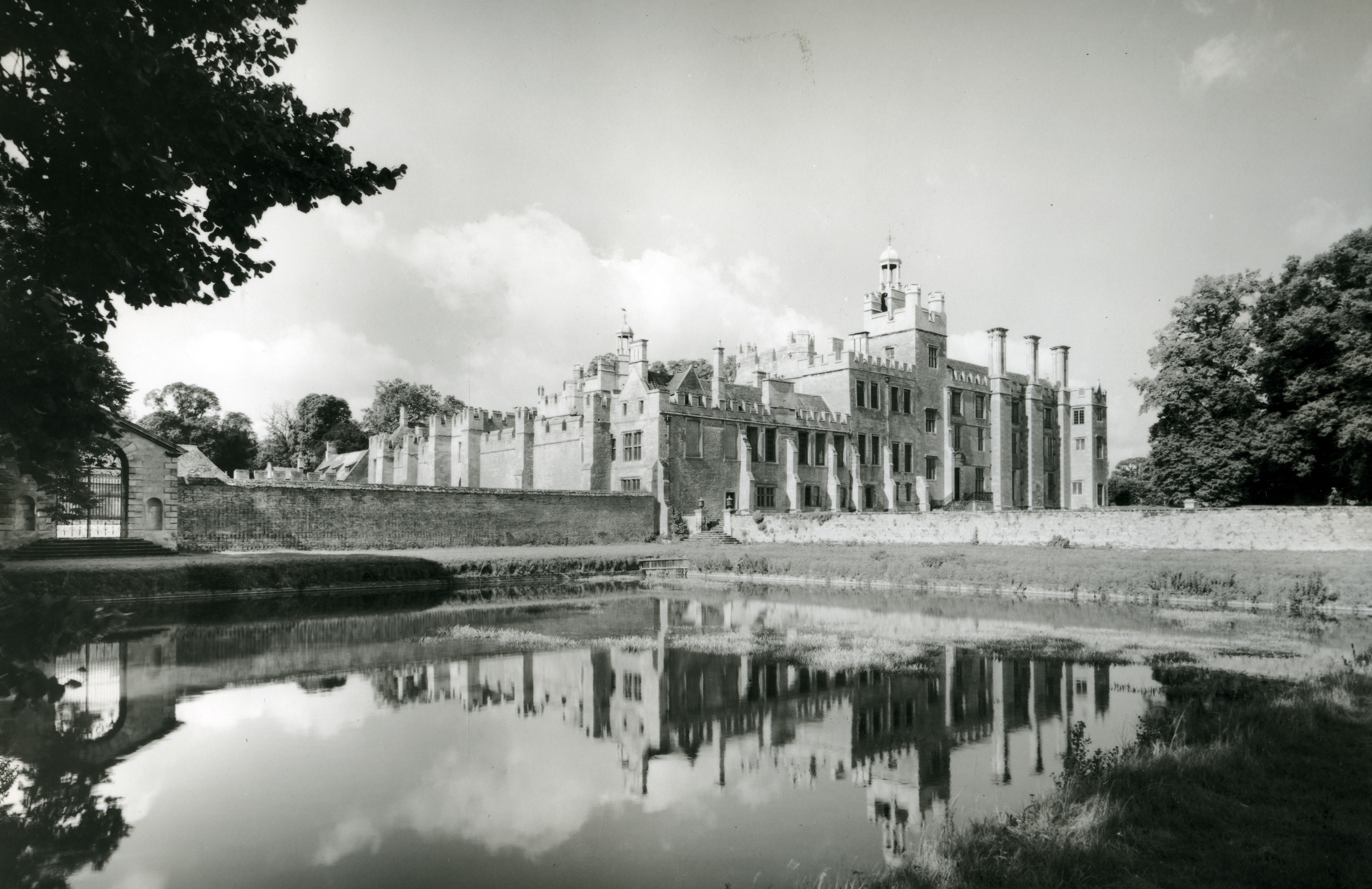
When Athena travels to see a building or monument, she repeatedly finds herself fascinated by the specifics of its history. She wants to know who were the historical personalities associated with it and the circumstances in which it was created and developed, as well as the events that took place there.
In her view, it is only by exploring these questions of who, when and why that it becomes possible to explain its form and appreciate its significance. It’s in these realities about the past — as far as we can rescue them — that, in her view, the value of heritage lies.
The commercial exploitation of heritage, however, often necessarily and understandably takes a rather broader view of what constitutes the interest of a site when interpreting it for a wide and general public. To engage with the specifics of a particular place’s history, you need to be able to recognise the issues and personalities that shaped it.
Yet time has a brutal way of diminishing reputations and rendering issues that once seemed important obscure, trivial or absurd. Even Athena sometimes forgets. Small wonder, then, that the concerns of once-powerful personalities fail to command the interest of a modern audience. On the rare occasions that they do, it is generally because they illustrate some compelling or immediate human story. The temptation, therefore, is to jettison them and seek something with more popular appeal.
'However recondite and marginal the specific may seem, the generic ultimately feeds off it. In return, the generic ends up offering the widest possible audience a window into the specific'
The problem is that houses, castles, abbeys and monuments devoid of historical specifics become little more than generic curiosities, admired only for their strangeness or beauty. There is nothing wrong with this, of course — who is not moved by the strangeness and beauty of the past?
Taken to extremes, however, it does have some peculiar consequences. One in particular that Athena has repeatedly observed during her visits this summer is the way that the real stories of buildings can become completely overlaid by the fictions of contemporary historical dramas and fantasy films shot on location. How much easier it is to populate a historic room with personalities and dramatic episodes written to engage the interest of a contemporary audience — nearly all of which play very fast and loose with scene setting — than the figures who appear in stiff and mute portrait on the walls.
There is nothing new about the usurpation of the past by accessible modern fiction. It lay at the heart of the success of Sir Walter Scott’s historical novels, for example. It is easy to imagine the two — what might be described as the specific and generic views of history — as natural enemies. In fact, they are inextricably linked. At a fundamental level, that is because, however recondite and marginal the specific may seem, the generic ultimately feeds off it. In return, the generic ends up offering the widest possible audience a window into the specific. Glance through that and who knows where it will take you.
Exquisite houses, the beauty of Nature, and how to get the most from your life, straight to your inbox.
Athena is Country Life's Cultural Crusader. She writes a column in the magazine every week
-
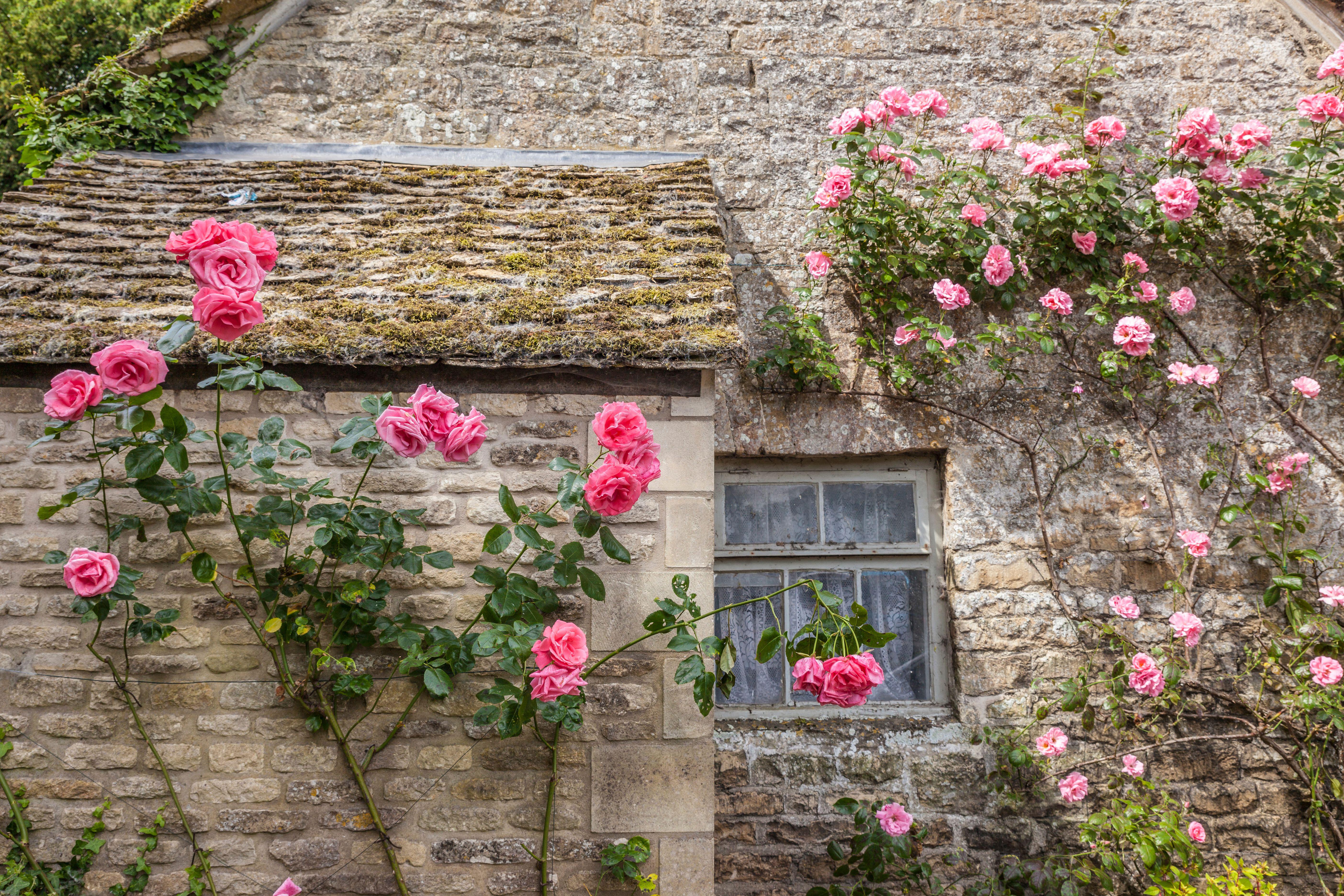 Bare roots: How to find the perfect rose and how to plant it
Bare roots: How to find the perfect rose and how to plant itTabi Jackson Gee moved to a cottage in Wiltshire, and went about finding the perfect rose to bring light and colour to the garden.
-
 Flying backwards, pink milk, and holding your breath. A Country Life quiz of animal facts
Flying backwards, pink milk, and holding your breath. A Country Life quiz of animal factsDo you know the difference between a bobbit worm and a mantis shrimp? You will soon.
-
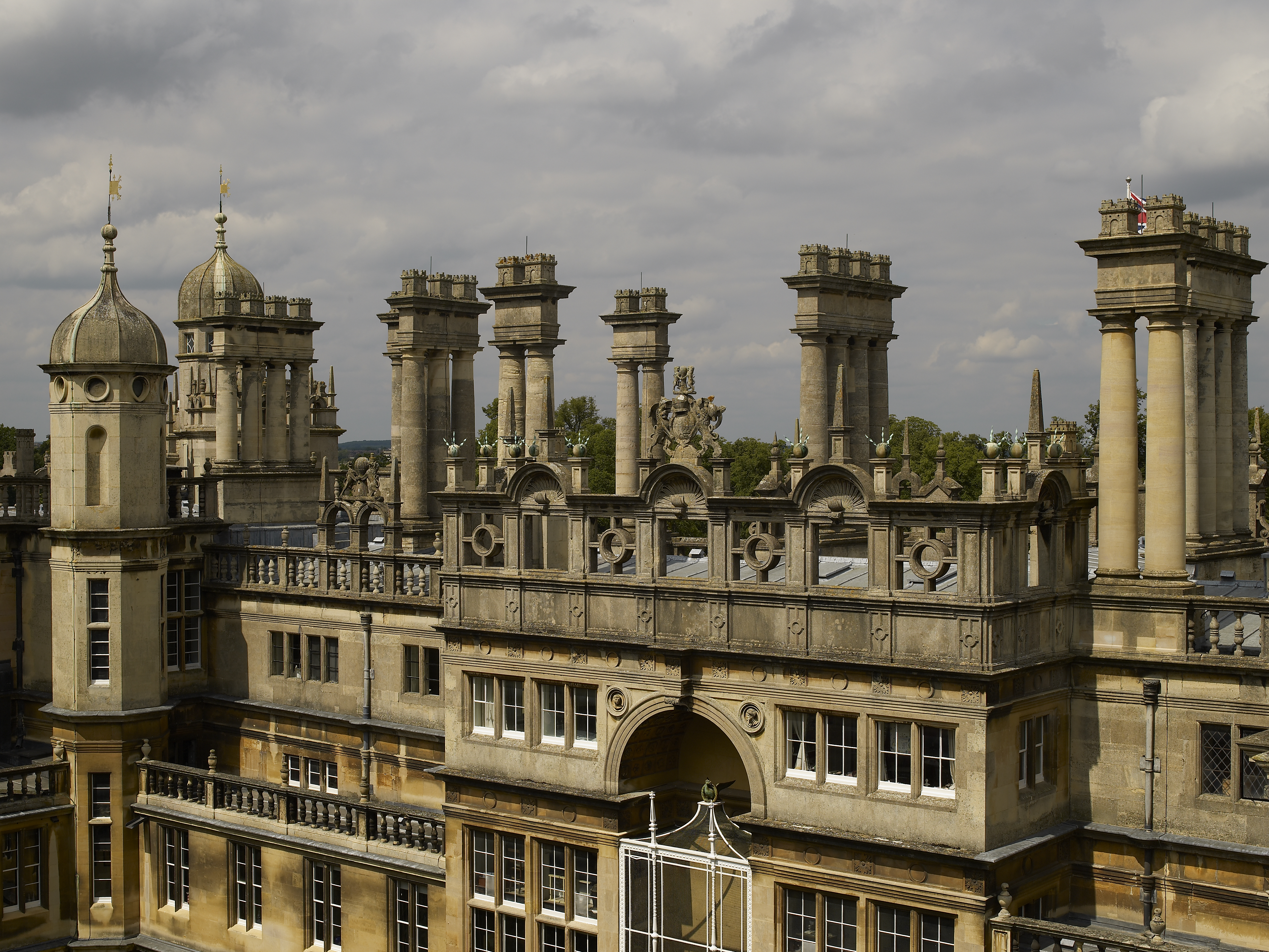 All fired up: 12 of our favourite chimneys, from grand architectural statements to modest brick stacks, as seen in Country Life
All fired up: 12 of our favourite chimneys, from grand architectural statements to modest brick stacks, as seen in Country LifeNothing says winter like a roaring fire, and plenty of the houses that we've photographed for the magazine's architectural places have fireplaces and chimneys worth boasting about.
-
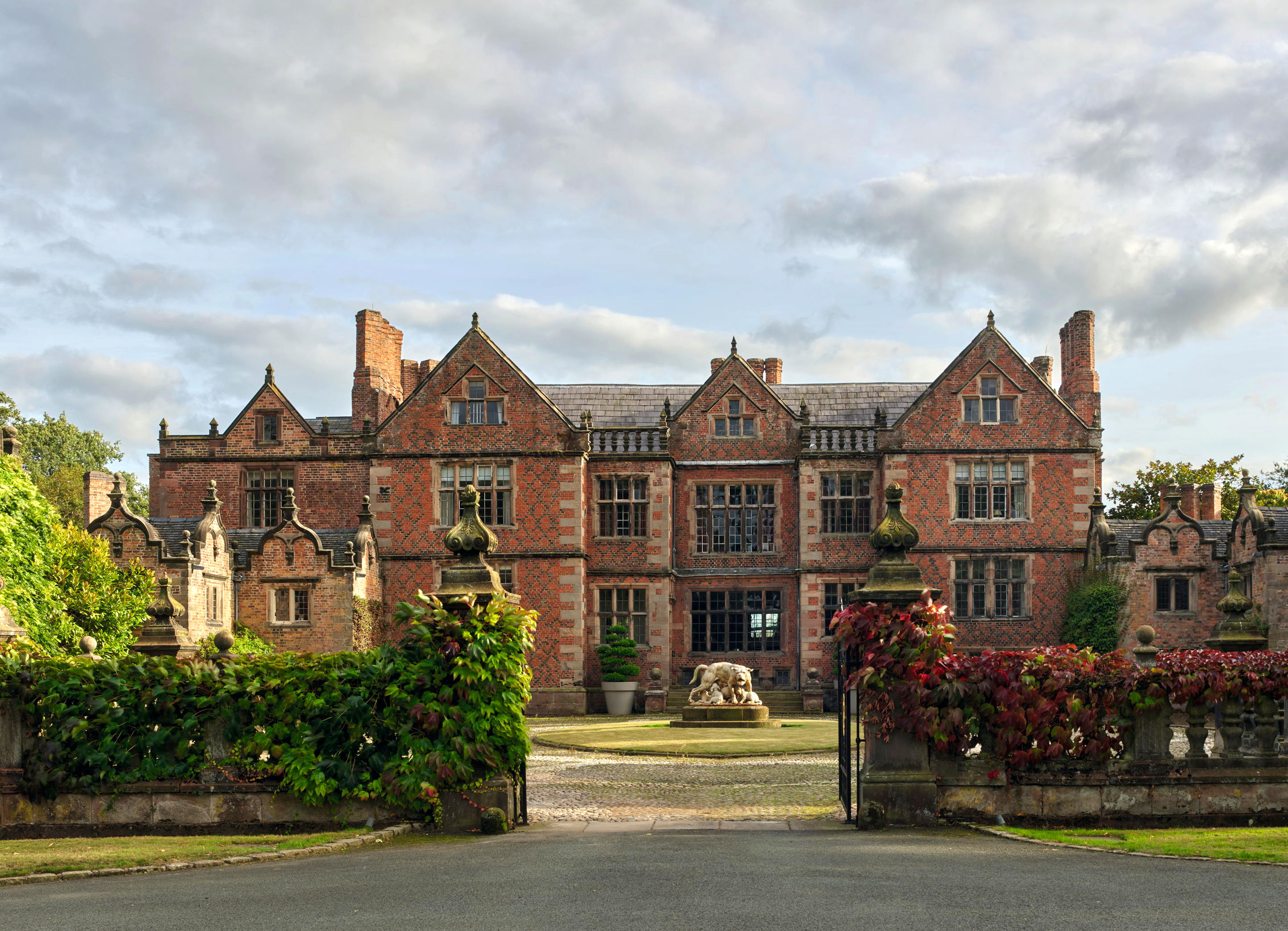 Dorfold Hall: The 'most neat and beautiful house of brick' that owes its existence to a desperate effort to secure succession
Dorfold Hall: The 'most neat and beautiful house of brick' that owes its existence to a desperate effort to secure successionDorfold Hall in Cheshire is an outstanding Jacobean house, but was an unexpected product of dynastic disappointment. John Goodall examines the remarkable circumstances of its construction; photographs by Paul Highnam for Country Life.
-
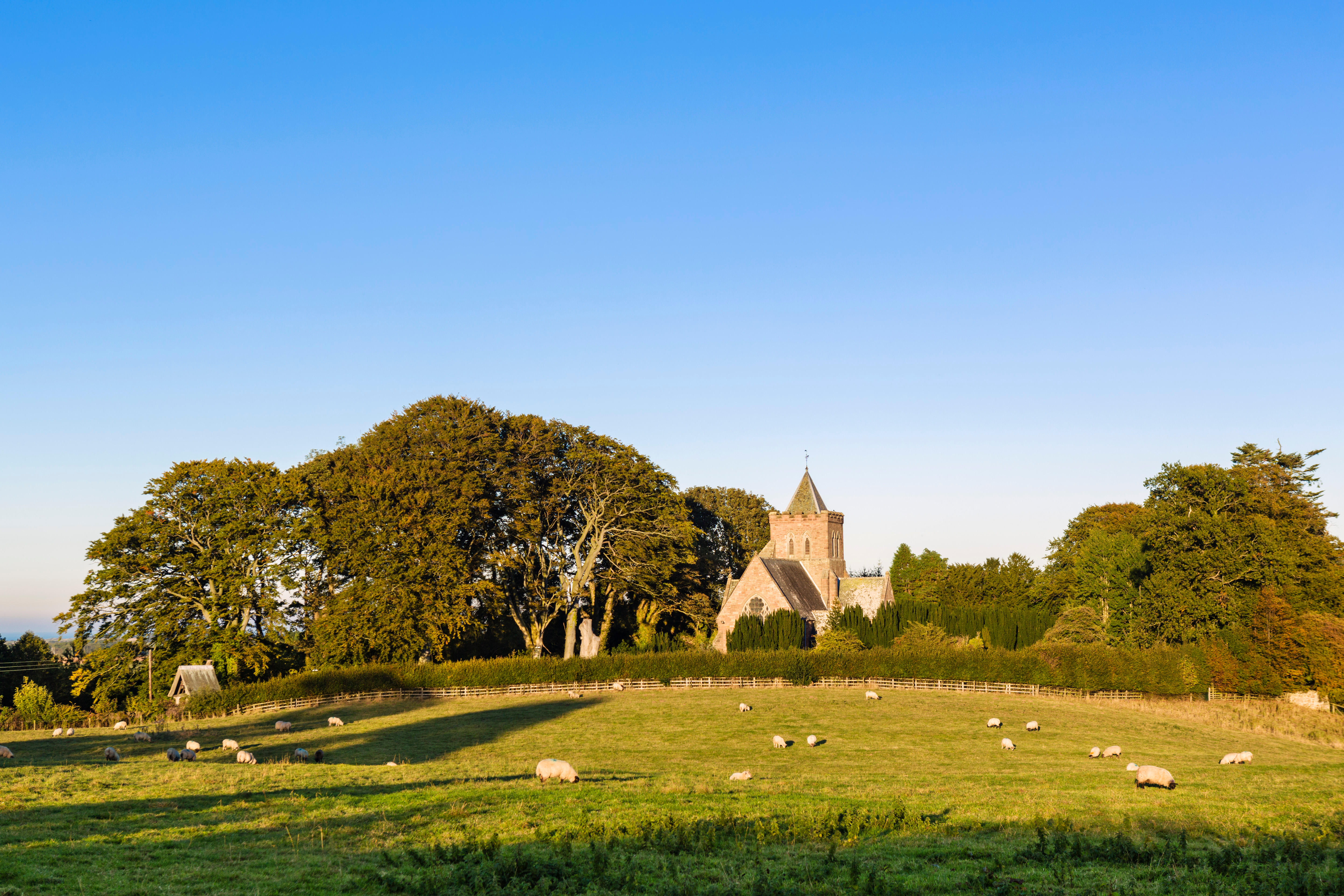 The Labour government of the 1970s saved our country houses. Will a Labour government of the 2020s save our country churches?
The Labour government of the 1970s saved our country houses. Will a Labour government of the 2020s save our country churches?Why not invest to save the most valuable community resources we have, perfectly placed at the heart of communities?
-
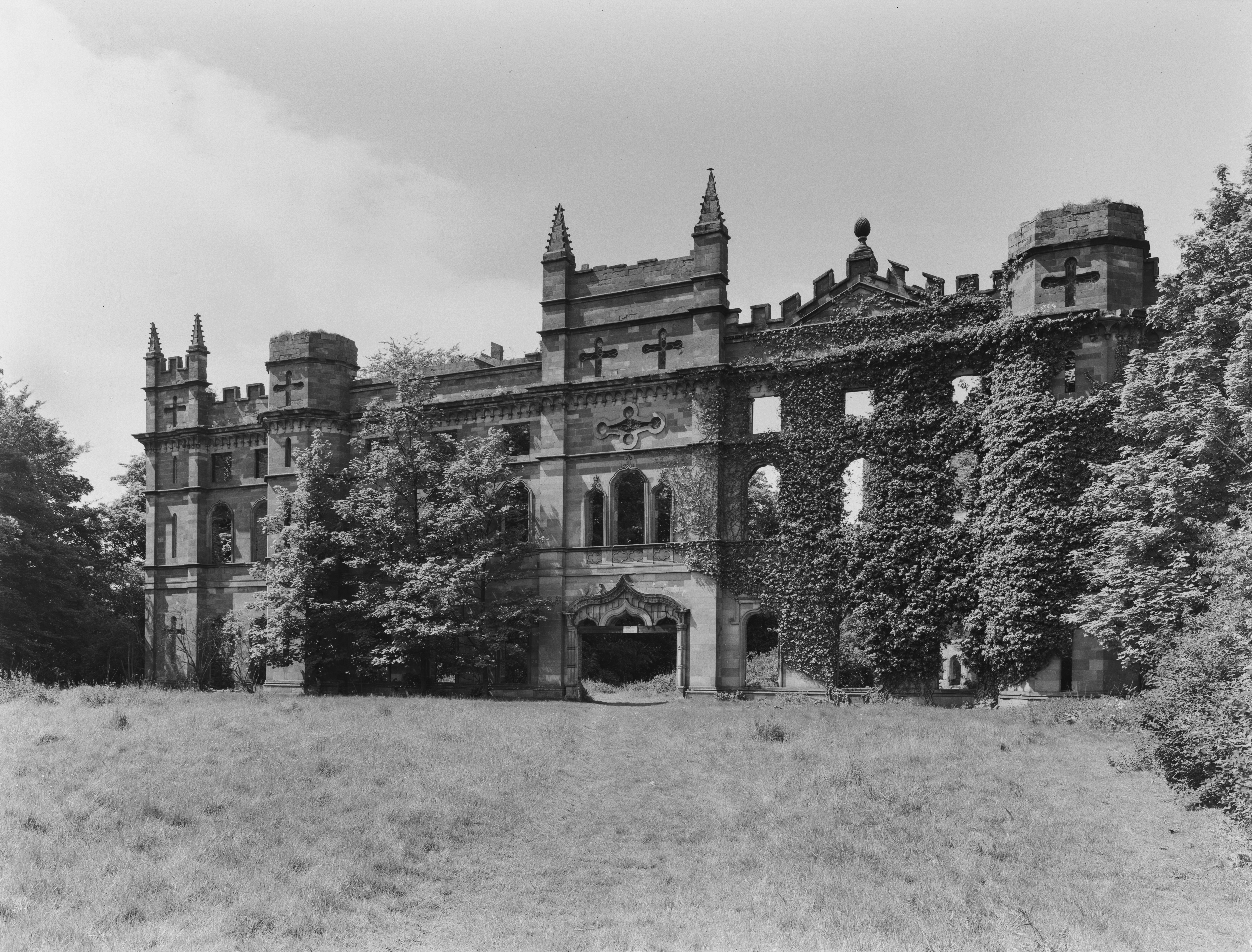 Only a handful of Britain's great houses were photographed by Country Life in a ruinous state. This once splendid Gothic castle is one of them
Only a handful of Britain's great houses were photographed by Country Life in a ruinous state. This once splendid Gothic castle is one of themThis is the tragic tale of Tong Castle, a once great Georgian-Gothic castle that was eventually consumed by Nature.
-
 The Rococo jewel nestled into vineyard terraces that's a visual index of 'a king’s Enlightenment belief in knowledge, cultivation and the civilising power of Nature'
The Rococo jewel nestled into vineyard terraces that's a visual index of 'a king’s Enlightenment belief in knowledge, cultivation and the civilising power of Nature'A summer picnic in 1743 prompted Frederick the Great to create a retreat for himself outside his capital at Berlin. The result was the creation of Schloss Sanssouci in Brandenburg, as Aoife Caitríona Lau explains.
-
 William Hanson's 39 steps to being a gentleman
William Hanson's 39 steps to being a gentlemanMany have attempted to update the codes of gentlemanly conduct for 2025, but as, William Hanson shows, the timeless rules are still the best ones
-
 Best in class: This year's Georgian Group Architectural Award winners revealed
Best in class: This year's Georgian Group Architectural Award winners revealedThe Georgian Group’s Architectural Awards, sponsored by Savills, attracted another outstanding crop of entries this year. We reveal the winners, as chosen by a panel of judges chaired by Country Life's Architectural Editor, John Goodall.
-
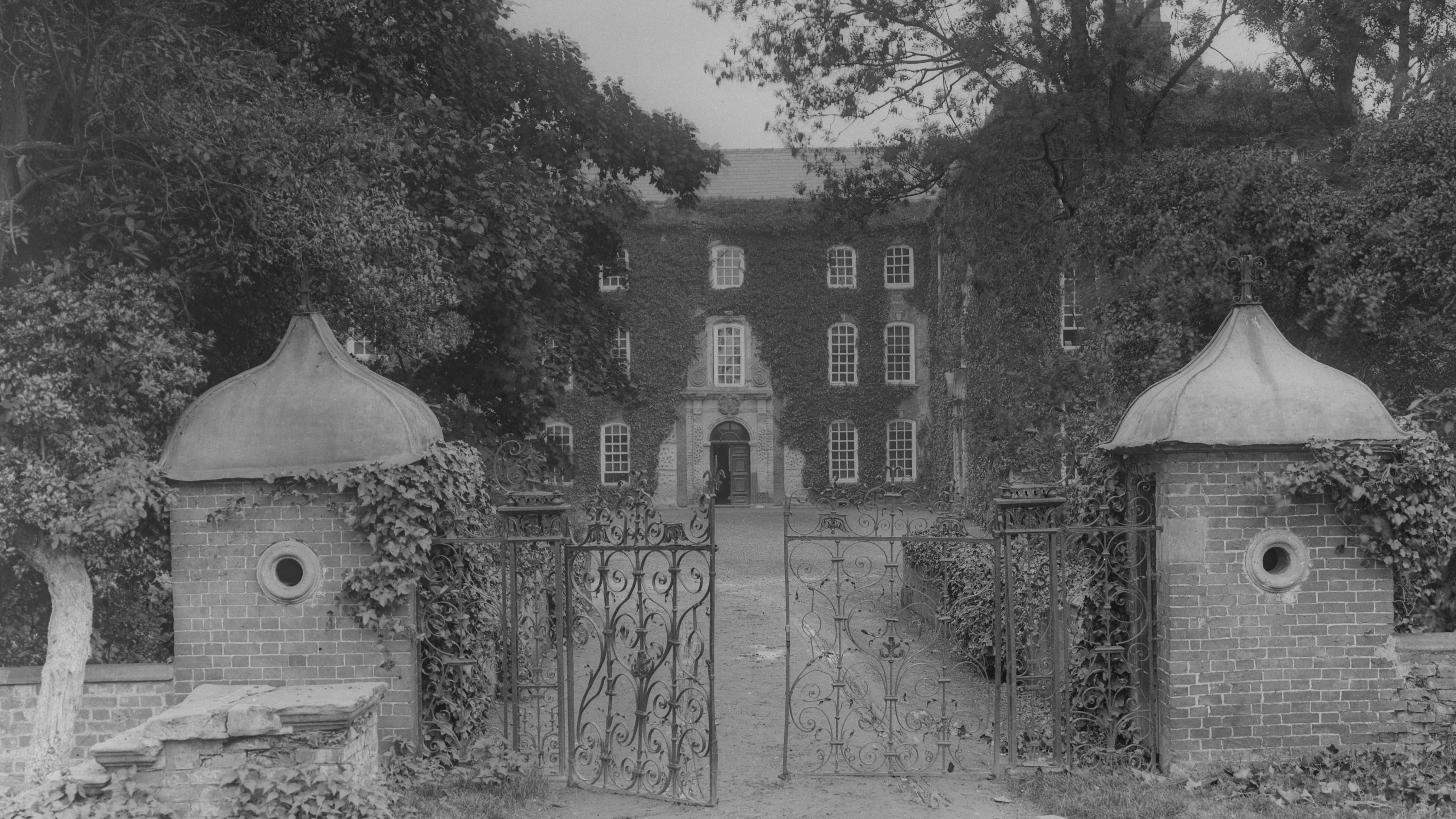 The rise, fall, rise and eventual demolition of a Welsh wonder with an intriguing link to the Duke of Westminster
The rise, fall, rise and eventual demolition of a Welsh wonder with an intriguing link to the Duke of WestminsterMelanie Bryan delves into the Country Life archives and the history of one of Wales’s most extraordinary manor houses.

